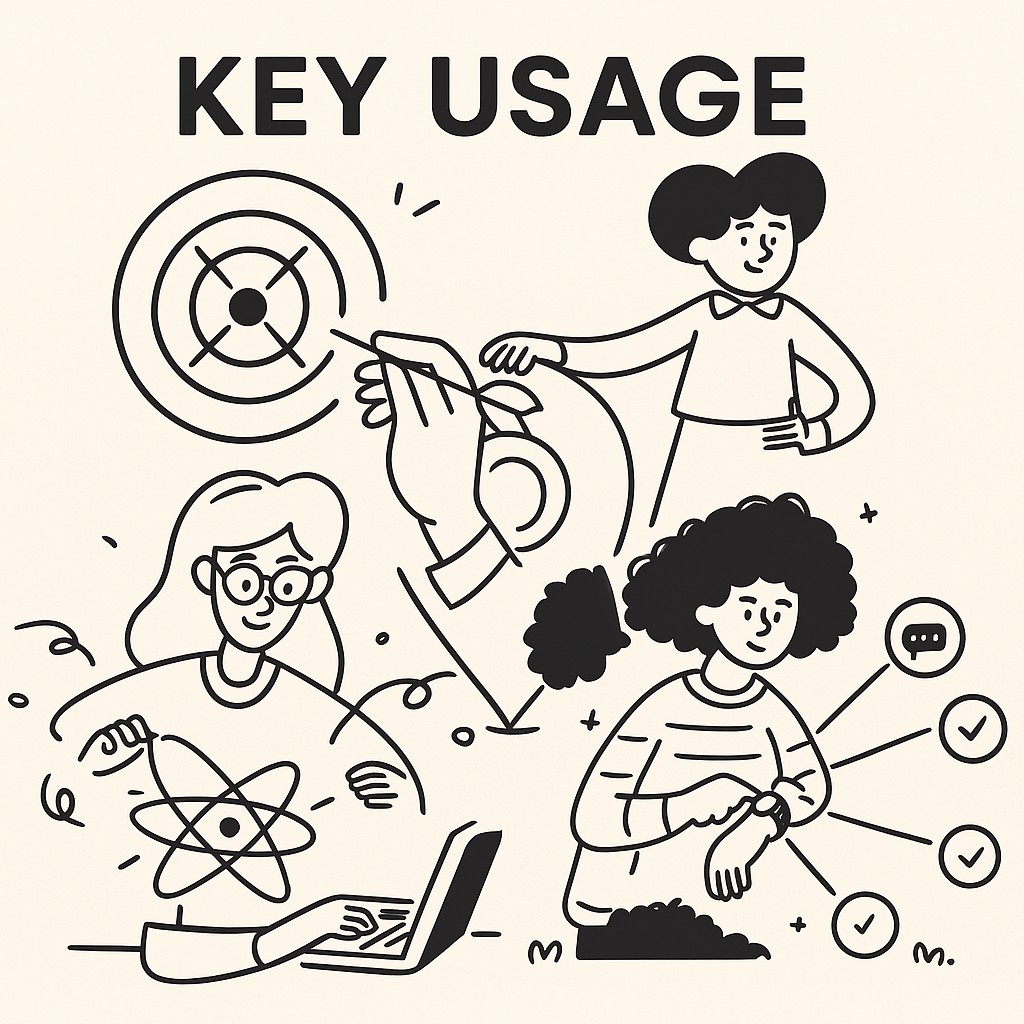
Key Usage Definition and Examples
Understanding Key Usage for e-Signing
When delving into the world of e-Signing, "Key Usage" is a vital term to understand. Essentially, Key Usage refers to the list of operations that a cryptographic key can be used for within an electronic signature framework. This concept is foundational in ensuring the security and functionality of digital transactions.
What is Key Usage?
Key Usage is a set of constraints or permissions tied to cryptographic keys, which restrict how these keys can be utilized. In e-Signing, these constraints help to define and control the specific actions that a key can perform. Common examples include:
- Digital Signature: This key usage allows a key to be used to create digital signatures that verify the identity of the signer.
- Non-Repudiation: Ensures that a signer cannot deny the authenticity of their signature.
- Key Encipherment: Used for encrypting keys that can then be used for decrypting data.
- Data Encipherment: Directly used for encrypting data to maintain confidentiality.
Key Usage in the Context of e-Signing
Understanding how Key Usage applies to e-Signing is critical for ensuring secure and legally binding transactions. By defining clear key usage parameters, organizations can:
- Enhance Security: Properly constrained keys ensure that they can't be misused or applied in unintended ways, bolstering the integrity of the electronic signing process.
- Maintain Compliance: Regulations often mandate specific key usages to meet legal and industry standards. Clear definitions help in adhering to these regulatory requirements.
- Boost Trust: Clearly defined key usages, such as digital signatures and non-repudiation, assure all parties involved in the agreement about the authenticity and integrity of the signature.
Examples of Key Usage Application
To illustrate, let's consider a scenario where two parties, Alice and Bob, are entering an e-contract. Here's how Key Usage plays a role:
- Alice's Key: The key might be designated solely for creating a digital signature, ensuring any signed document can be traced back to her and verified.
- Bob's Key: If Bob's key is designated for non-repudiation, he cannot later deny having signed the document, making the signature legally enforceable and reliable.
Why It Matters
For services like GoodSign, which offer cost-effective pay-per-use eSignatures without gating features by subscription plans, understanding Key Usage is paramount. It ensures that all signatures made via GoodSign are secure, trusted, and compliant with legal standards. Furthermore, it provides users with the freedom to integrate and use these keys effectively, knowing that each $1.50 transaction is backed by robust security measures.
In summary, Key Usage might seem like a technical detail, but it's a crucial backbone of a secure e-Signing process. It ensures that each key serves its intended purpose, safeguarding your digital transactions and maintaining trust in the e-signature ecosystem.